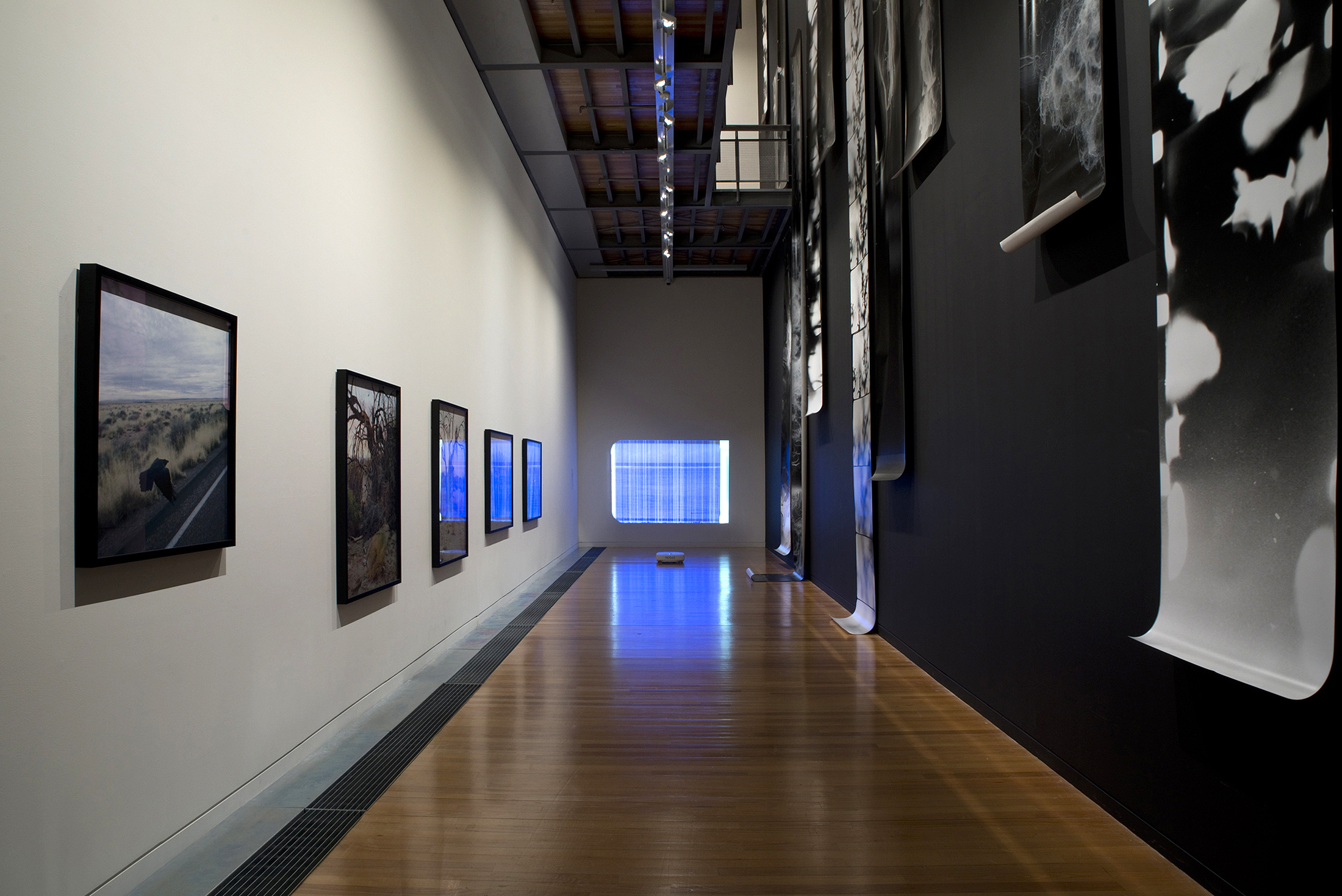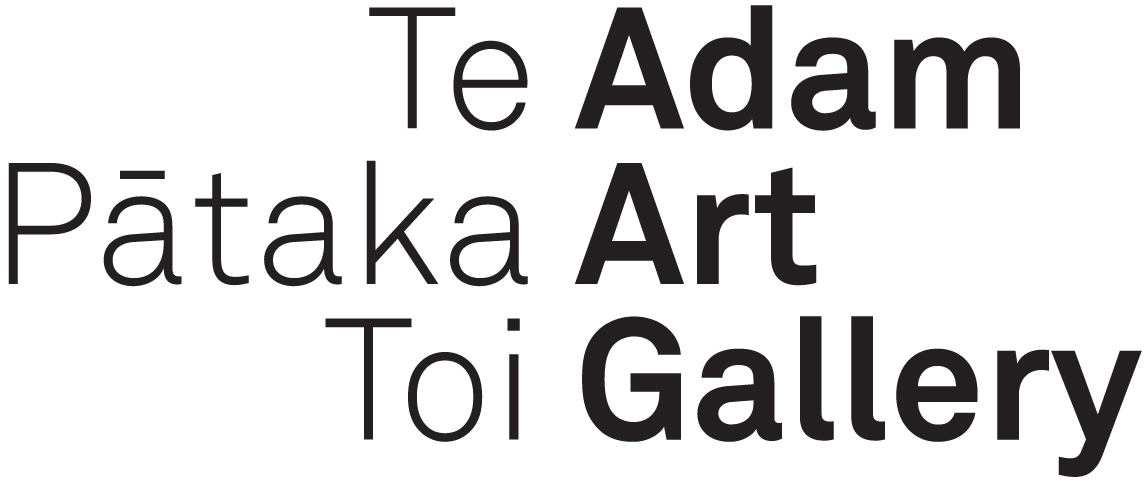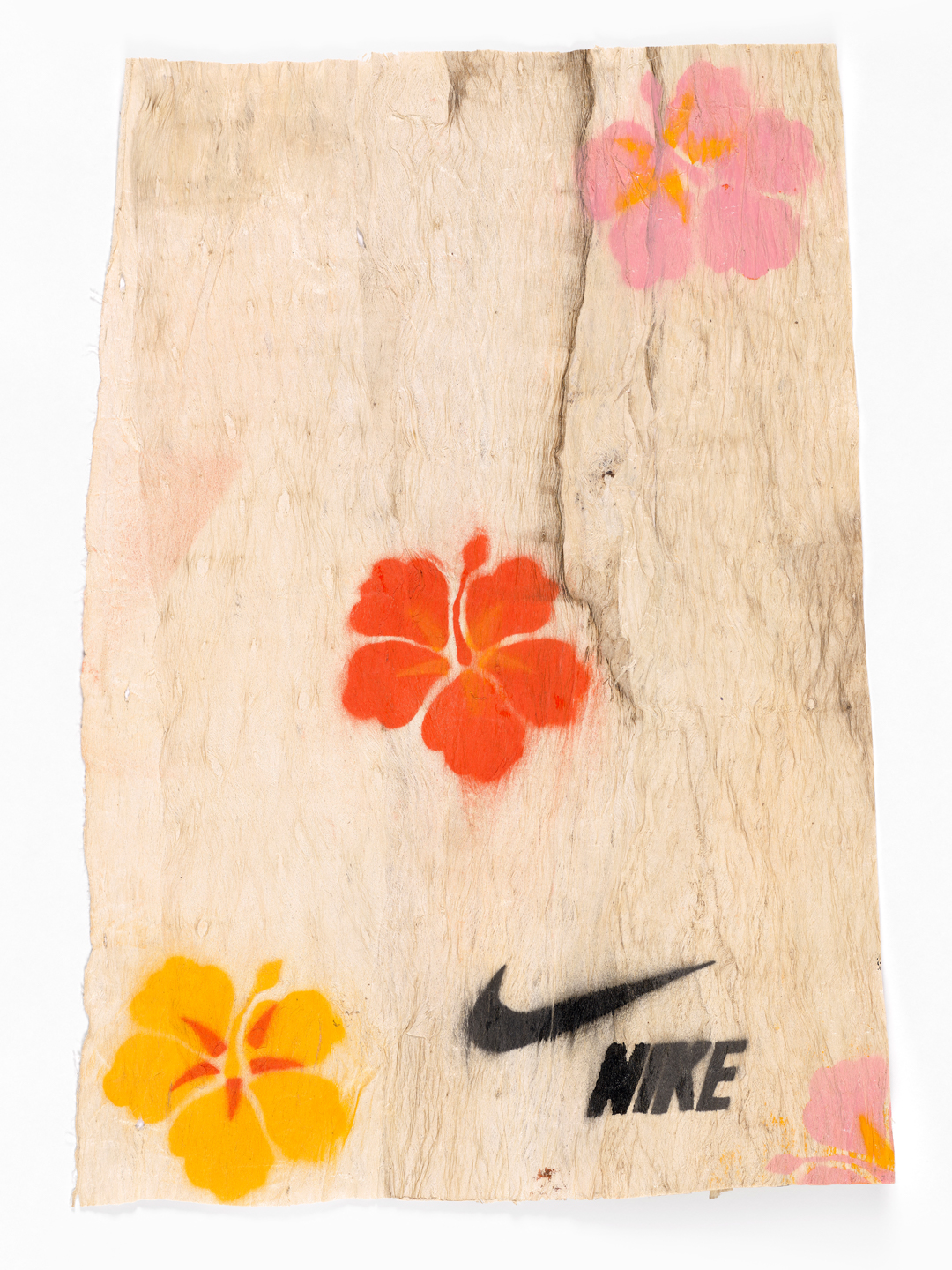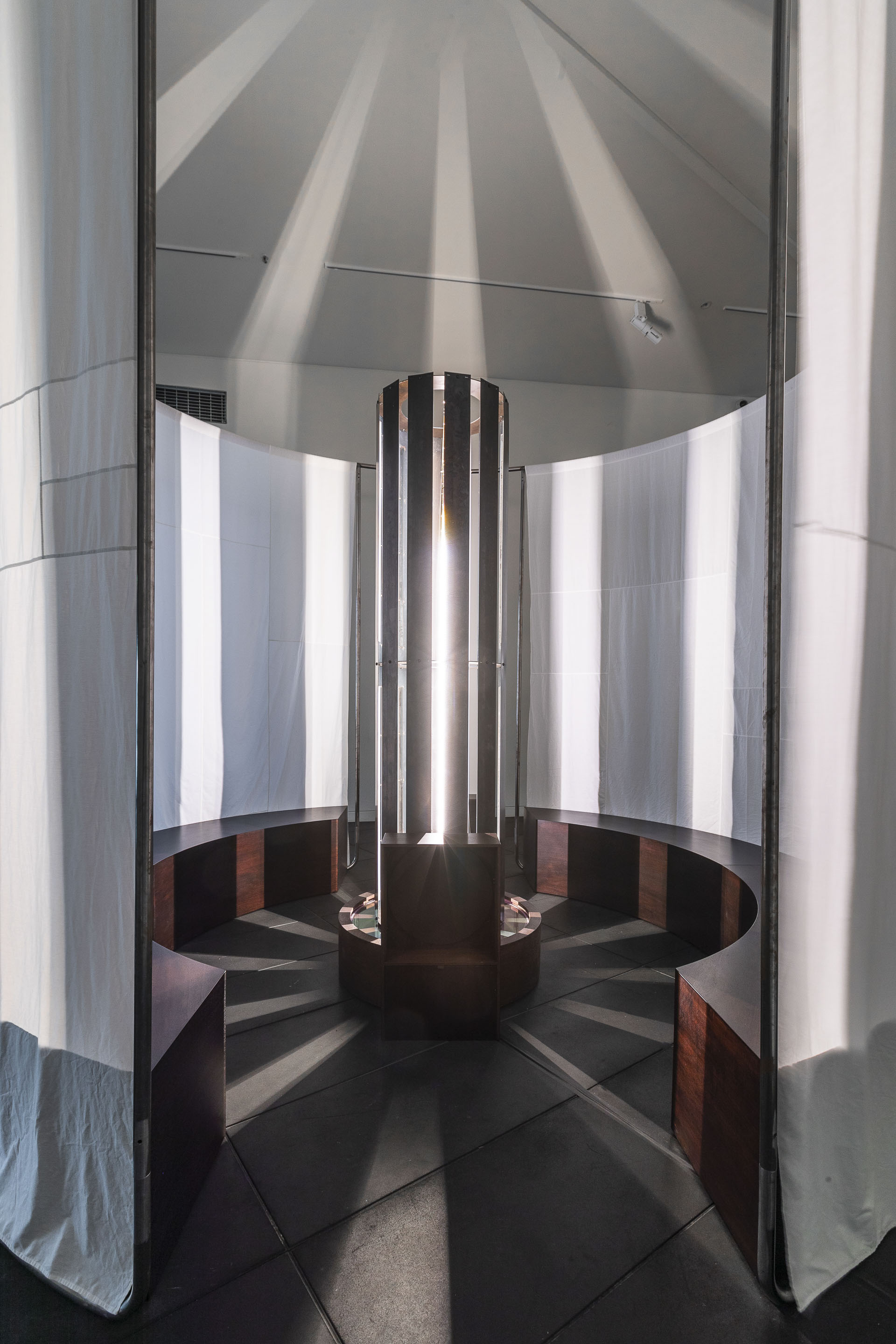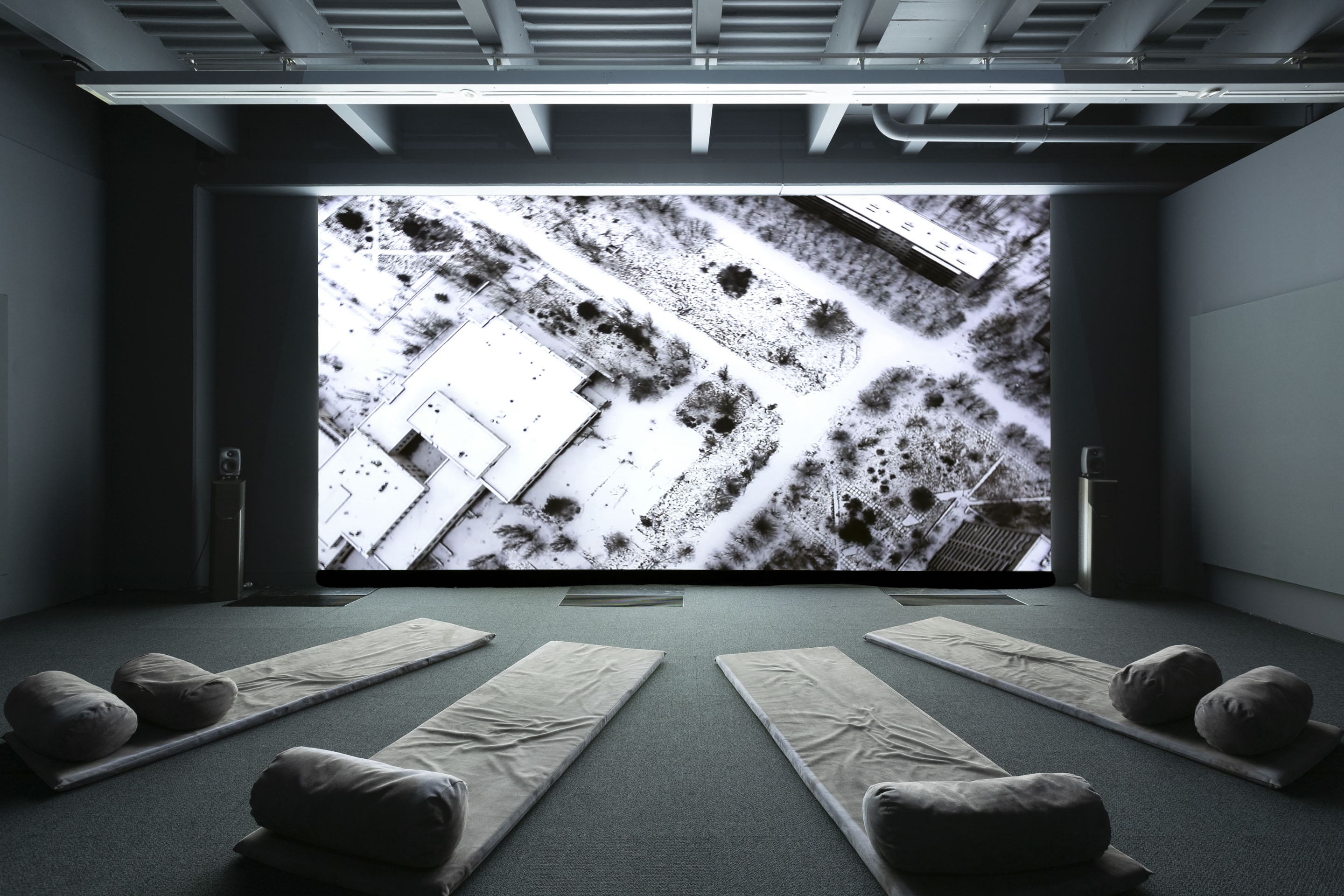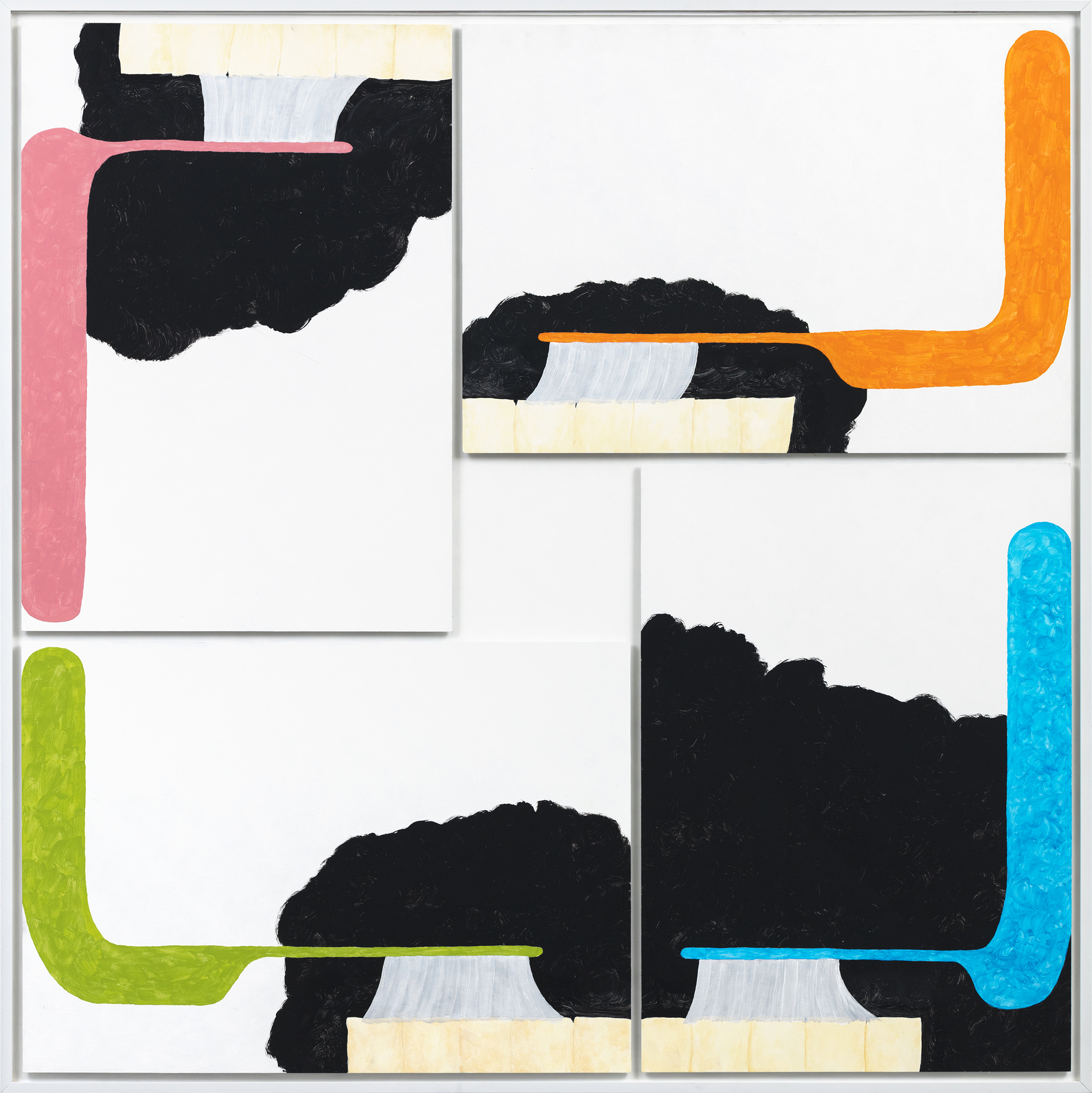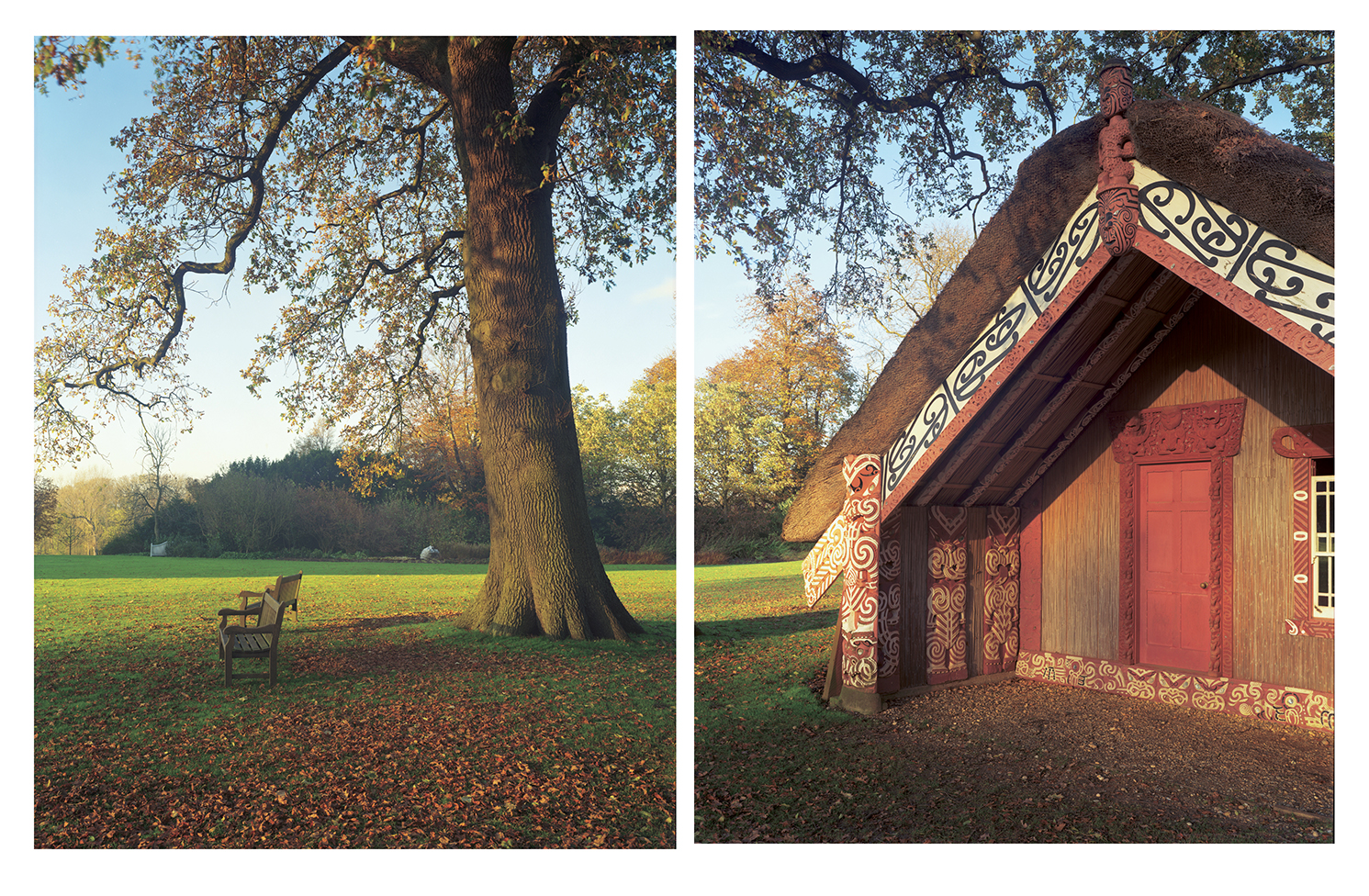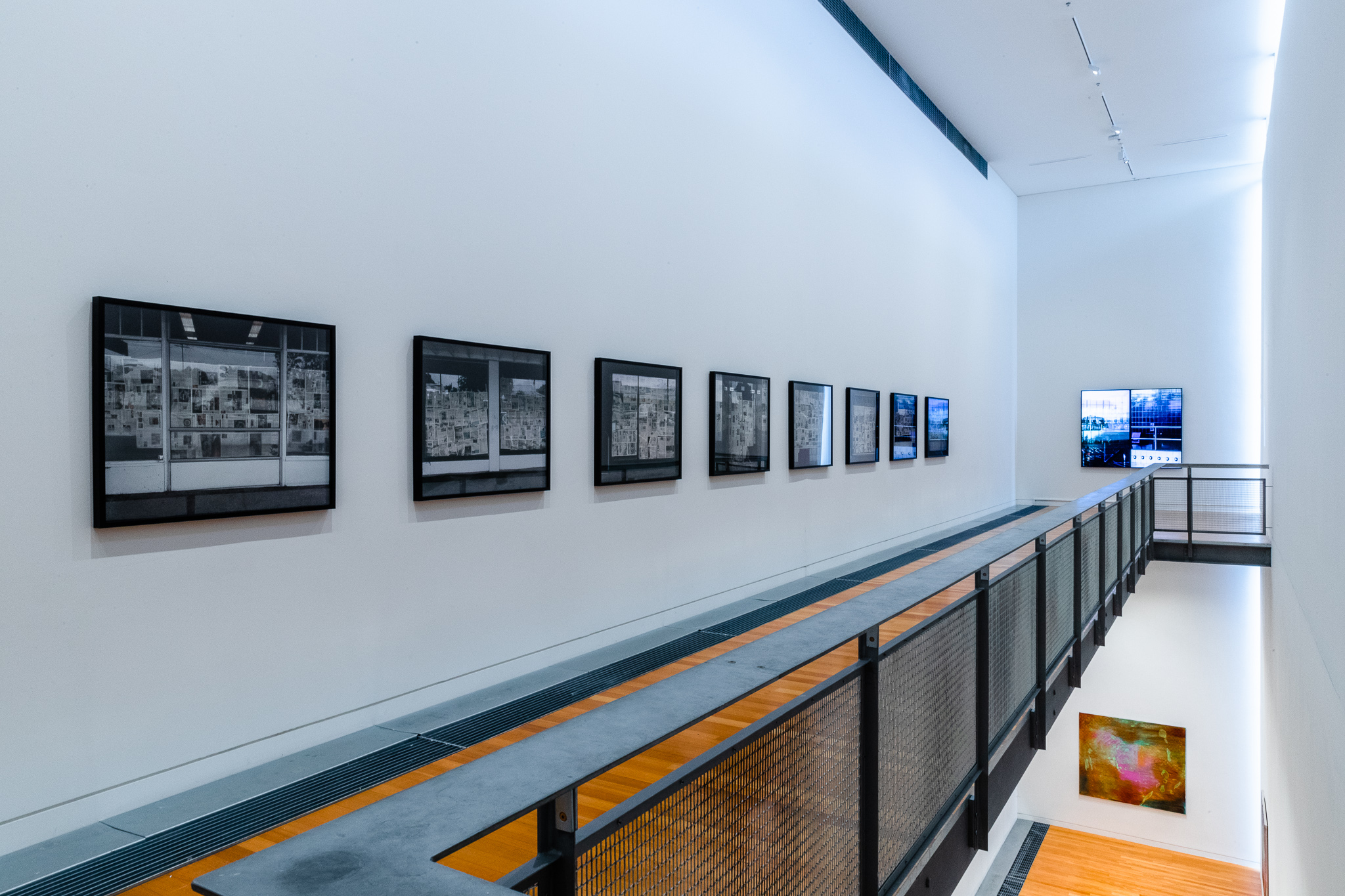July 27–October 20, 2019
Gate 3, Kelburn Parade
Wellington 6140
New Zealand
Hours: Tuesday–Sunday 11am–5pm
adamartgallery@vuw.ac.nz
Curated by John C. Welchman
On the Last Afternoon: Disrupted Ecologies and the Work of Joyce Campbell is the first substantial presentation of Auckland-based photo-media artist Joyce Campbell. Developed in dialogue with the architecture of the Adam Art Gallery, the exhibition foregrounds the remarkable variety of approaches Campbell has taken to her chosen media and subjects. The exhibition is curated by leading contemporary art historian, LA-based John C. Welchman.
On the Last Afternoon examines the relations between photography, philosophy, ecology, material history, science fiction, and the care and reading of sacred and symbolic landscapes as these have been engaged by Joyce Campbell during her near three-decade career. The exhibition is the first to survey her practice, bringing together 130 new and existing works, in what the artist describes as “a meditation on the interdependence of physical systems.”
Raised in Wairoa on the east coast of the North Island and now based in Auckland, Campbell spent a decade in Los Angeles and Southern California between the late 1990s and 2010. She is drawn to and has negotiated extreme conditions: the wild places of rural New Zealand; the desiccated, smog-choked hinterlands of California; the icy vastness of Antarctica; and the ocean’s coral reefs and imagined depths. Shifting scale from the microscopic to the global, she uses a wide spectrum of techniques from photography’s 200-year history to give visible form to the beauty, complexity and sheer perseverance of life under threat.
In Campbell’s view, modern cameras and their standardized prints do not lend themselves well to the depiction of subtle or “mysterious” things and events. By contrast, nineteenth-century techniques, including wet plate collodions, ambrotypes, daguerreotypes, and gelatin silver photographs, provide the artist with extraordinary detail, depth, and richness, while also having an innate tendency to produce traces in silver and ether which remain spontaneous and open to interpretation. Campbell uses her various media to demonstrate the interconnectedness of complex biological, spiritual, and representational systems. She believes in the potential of photography to resist the global techno-capitalist hegemony that is precipitating an exponential collapse of biodiversity and the decline of spirit and mutual understanding in the contemporary world.
The concurrent exhibition Te Taniwha: The Manuscript of Ārikirangi builds on Joyce Campbell’s decade long collaborative project with Richard Niania (Ngāi Kōhatu, Ngāti Kahungunu ki Te Wairoa), in which they attempt to capture and preserve kōrero (narratives) about the people of Whakapūnake te maunga (the sacred mountain of the Wairoa region) and Ruakituri awa (a major tributary of the Wairoa river). At the centre of the exhibition is a rare manuscript containing hymns, prayers and whakapapa written by the Rongowhakaata warrior prophet and founder of the Ringatū faith, Te Kooti Ārikirangi Te Turuki. Alongside this important document are other notebooks containing material written by various hands relating to the new faith, the vessel they have been stored in and an unfinished kotiate (bone club) that have been handed down through the generations.
These taonga (treasures) have been in the care of the Kūnaiti, Ranapia and Niania Whānau of Te Reinga for the last one hundred and fifty years. They were given by the prophet to Niania’s ancestor Paratene Waata Kūnaiti in 1869 and handed to Niania by his grandmother, Pare Īhaka Ranapia-Niania in 1988. Accompanying these artefacts are photographs of the manuscript, taken by Campbell and printed digitally for this occasion, and a translation by Niania of the first prayer contained in Ārikirangi’s notebook, together with his commentary on his Whānau’s role in Ārikirangi’s historic journey through their whenua (land).
The exhibition On the Last Afternoon is accompanied by a fully-illustrated 320-page publication, co-published by Adam Art Gallery and Sternberg Press. Featuring new and existing writing by Elizabeth Grosz, Tungāne Kani, Richard Niania, Mark von Schlegell, Bernard Stiegler, John C. Welchman, and an extended foreword by Christina Barton, the companion volume provides important understandings of Campbell’s artistic, philosophical, and political reference points. Including insights from the guardians of the valleys and hills, rivers and forests in the district where she grew up, the book illuminates the embedded wisdom and inherited narratives that inform and are revealed by her photographs.
